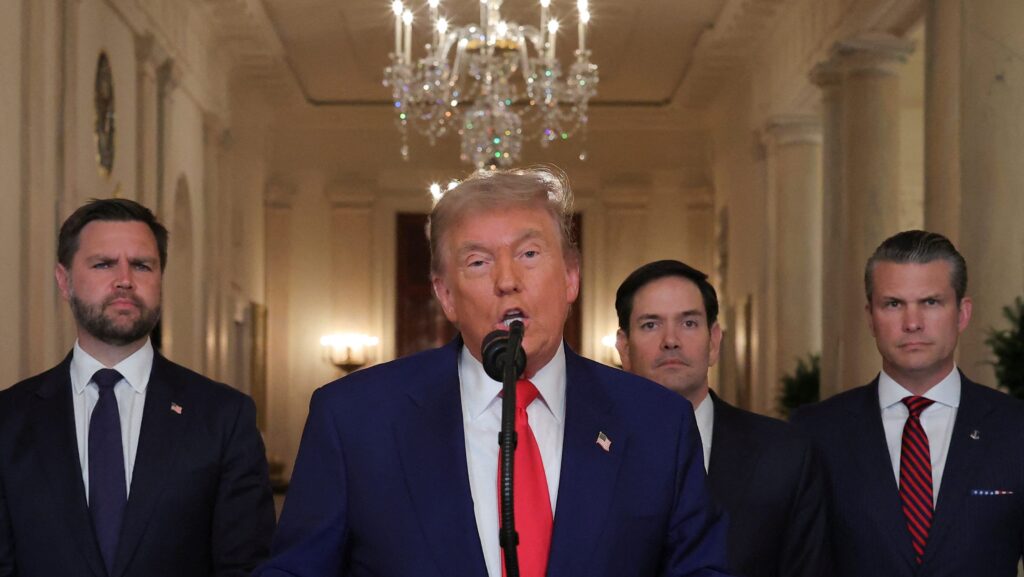President Donald Trump expressed openness to a potential regime change in Iran, diverging from Vice President JD Vance and Secretary of State Marco Rubio’s stance against it. In a provocative Truth Social post, Trump questioned the Iranian regime’s ability to “MAKE IRAN GREAT AGAIN,” hinting at the possibility of regime change if current leadership fails. This statement followed US military actions targeting Iranian nuclear sites, escalating tensions in the region.
While Vance and Rubio emphasized the US’s focus on ending Iran’s nuclear program and seeking diplomatic solutions, Trump’s rhetoric suggested a more aggressive approach. Rubio clarified that the mission was specifically aimed at dismantling Iranian nuclear facilities, with Tehran now tasked with demonstrating interest in diplomacy to de-escalate the situation.
Trump’s prior social media threats towards Iran’s supreme leader and the subsequent airstrikes underscored his administration’s commitment to addressing Iran’s nuclear threat. The president labeled Iran as the “bully of the Middle East” and emphasized the need for Iran to pursue peace, warning of potential future attacks if peace efforts fail.
The conflicting viewpoints within the US administration regarding regime change in Iran highlight the complexities of US-Iran relations and the differing approaches to handling the nuclear issue. Trump’s statements reflect a more assertive stance, while Vance and Rubio advocate for diplomatic resolutions without seeking a change in regime.

